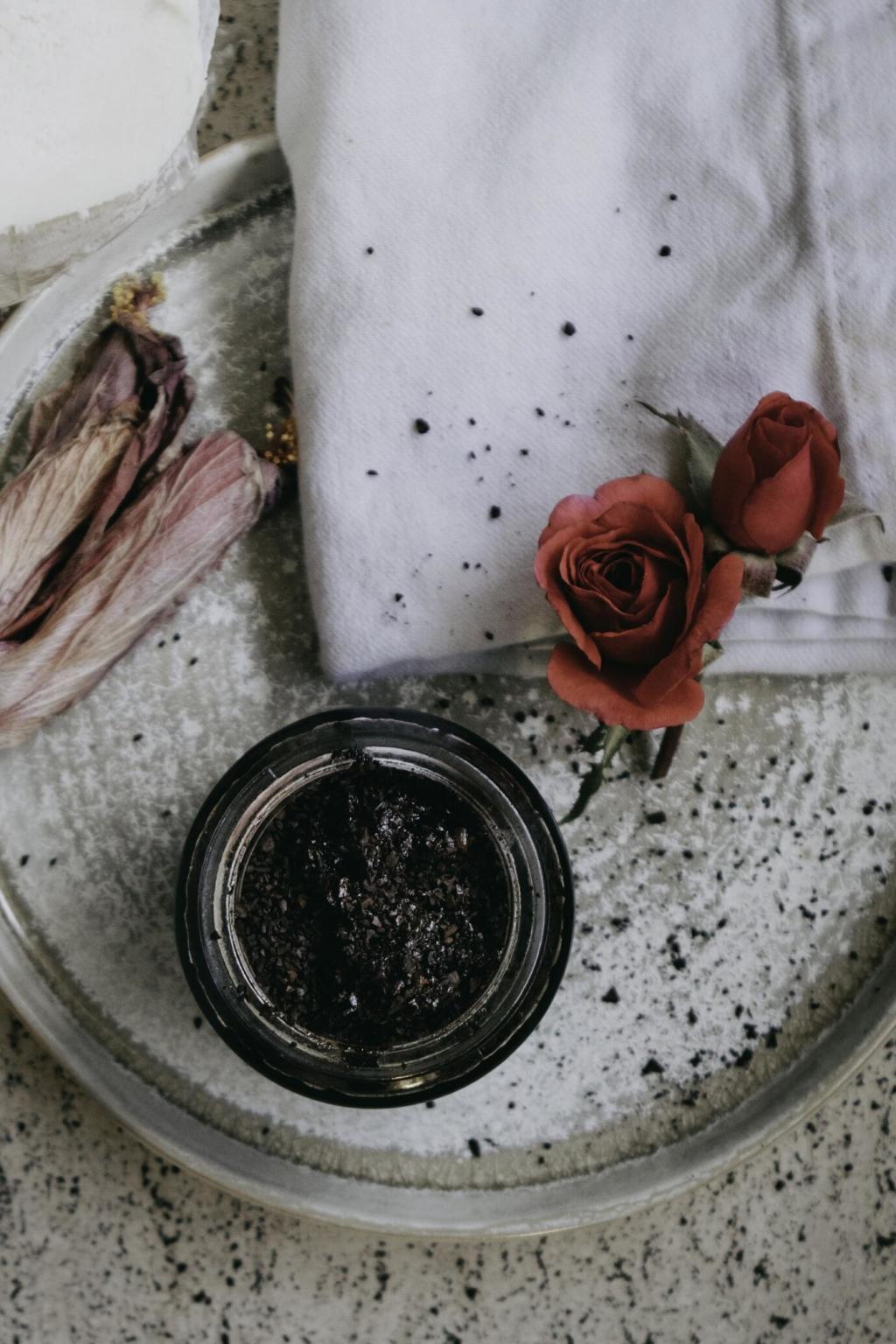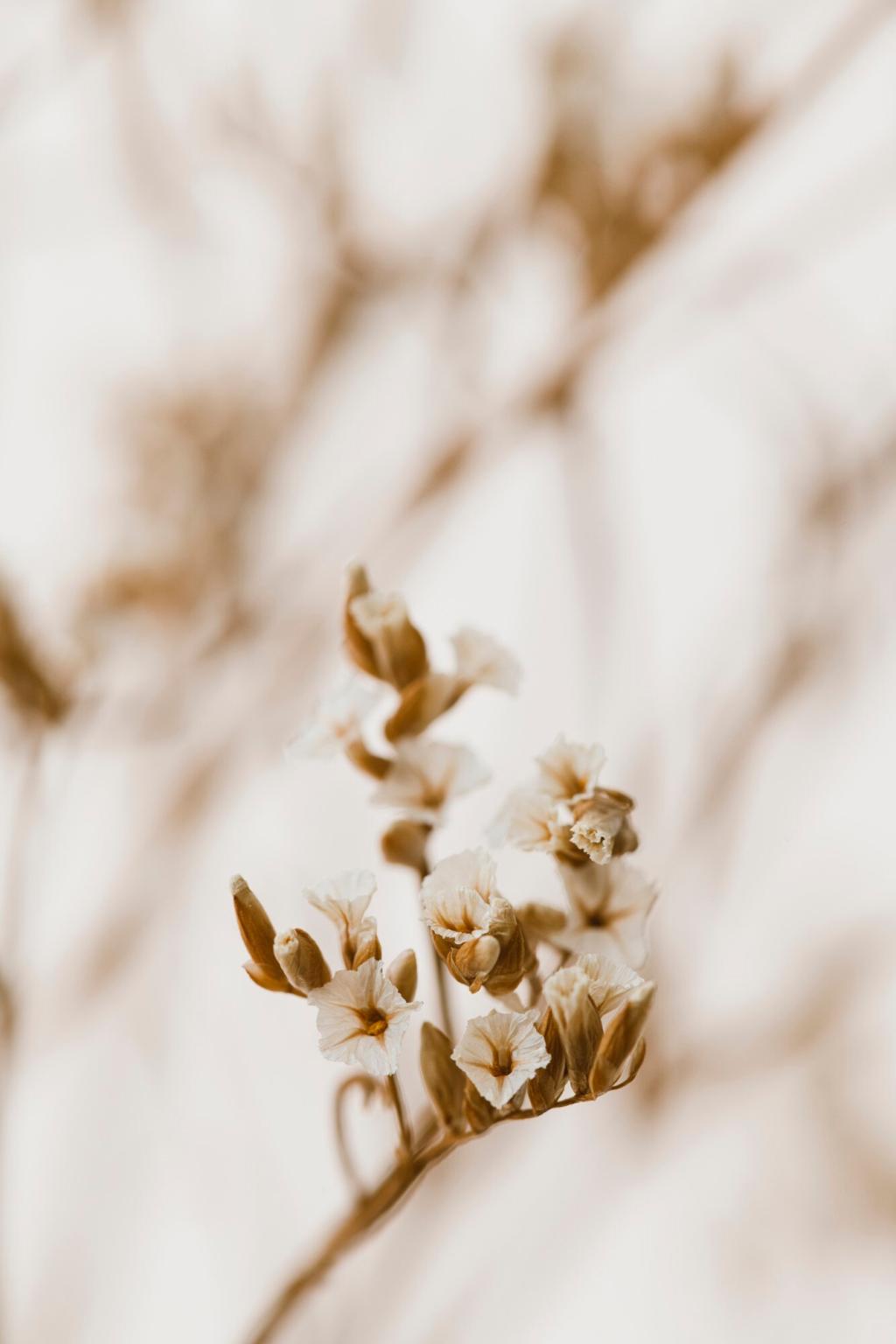
Choosing Plants for a Minimalist Garden
Creating a minimalist garden requires thoughtful selection of plants and a keen understanding of design principles. A minimalist garden is characterized by simplicity, subtlety, and a restrained palette. Achieving this elegantly calm environment depends on your ability to choose plants that offer structure, subdued color, and purposeful beauty. This guide will delve into how you can make harmonious choices for a peaceful, low-maintenance, and visually stunning outdoor space—all while embracing the core tenets of minimalism in your gardening approach.
Understanding Minimalist Garden Aesthetics
The Power of Simplicity in Garden Design
Simplicity is the cornerstone of the minimalist garden. By focusing on clean lines, open spaces, and a pared-down selection of plants, you create an atmosphere that feels both inviting and serene. Plant choices should reinforce this simplicity by keeping attention on form, height, and texture, rather than exuberant color or busy arrangements. The restraint practiced in plant selection is what allows minimalist gardens to serve as calming retreats, emphasizing the beauty found in subtle distinctions between foliage shapes or the quiet harmony of repeated plantings. Through intentional planning, you ensure that every plant supports the garden’s overall tranquility.


Balancing Form and Function
In a minimalist setting, each plant serves a dual role—contributing to visual structure while maintaining practical ease of care. Architectural plants with strong silhouettes, such as grasses or clipped shrubs, often anchor the space. These plants provide order and rhythm, guiding the eye and creating a sense of purposeful flow. At the same time, the selection should prioritize varieties that require minimal pruning or intervention, ensuring the garden remains easy to maintain. The best minimalist gardens are not only beautiful but also harmonious in their function, blending aesthetics with practicality.
Criteria for Selecting Minimalist Garden Plants
Minimalist gardens benefit greatly from a limited color palette, often favoring greens and muted tones. This approach directs focus to the structure and form of plants, rather than relying on vivid blooms or busy combinations. Select plants with foliage that ranges from deep emerald to silvery gray, or even subtle variegation, to create visual interest while maintaining cohesion. Such restraint allows bloom periods to be all the more striking when they occur, providing moments of drama amid the overall calm. This deliberate limitation in color nurtures an atmosphere of quiet elegance and steady mood throughout the year.

Achieving Year-Round Interest
Evergreen plants form the backbone of minimalist gardens, providing structure and consistency throughout the year. Their persistent foliage keeps the garden visually grounded, even during winter, and their steady presence allows for fuss-free transitions from season to season. Boxwoods, yews, or upright junipers are popular choices; their sculpted forms deliver architectural interest without the need for continual care or seasonal replanting. The use of evergreens in key positions gives the garden its sense of order, ensuring the design remains intact whatever the weather or season.

